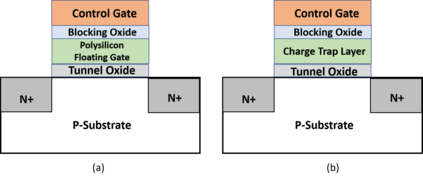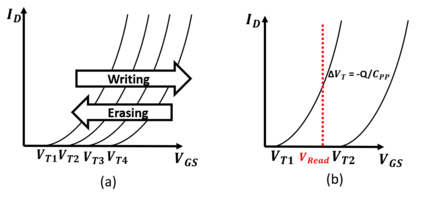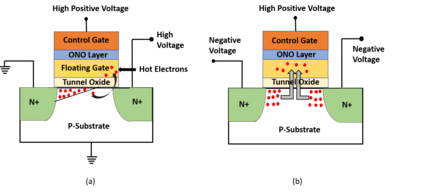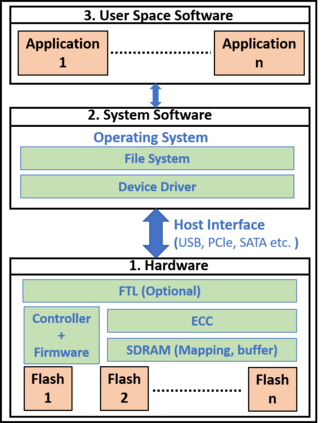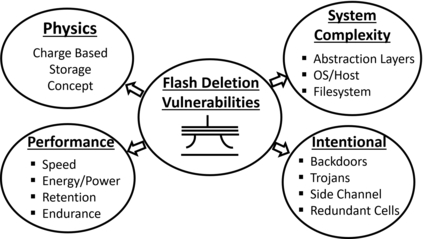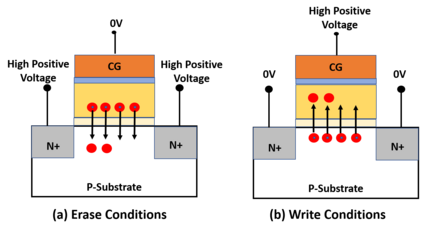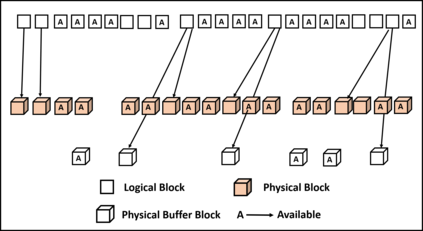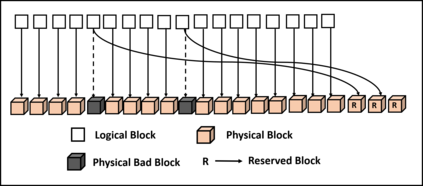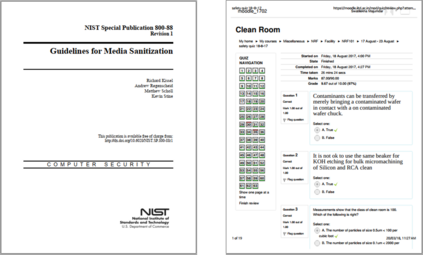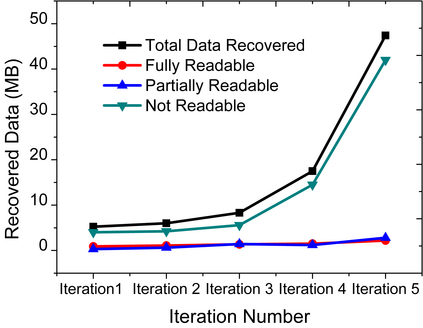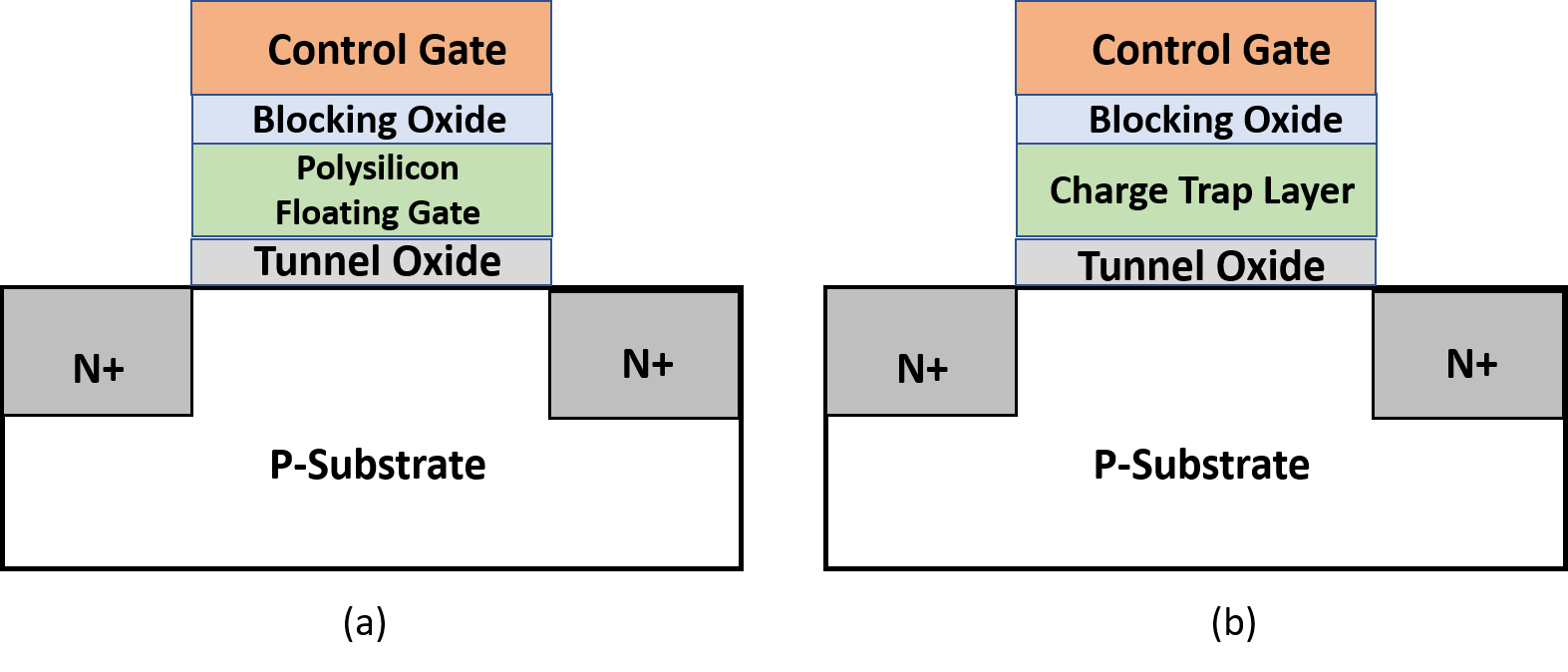Semiconductor NAND Flash based memory technology dominates the electronic Non-Volatile storage media market. Though NAND Flash offers superior performance and reliability over conventional magnetic HDDs, yet it suffers from certain data-security vulnerabilities. Such vulnerabilities can expose sensitive information stored on the media to security risks. It is thus necessary to study in detail the fundamental reasons behind data-security vulnerabilities of NAND Flash for use in critical applications. In this paper, the problem of unreliable data-deletion/sanitization in commercial NAND Flash media is investigated along with the fundamental reasons leading to such vulnerabilities. Exhaustive software based data recovery experiments (multiple iterations) has been carried out on commercial NAND Flash storage media (8 GB and 16 GB) for different types of filesystems (NTFS and FAT) and OS specific delete/Erase instructions. 100 % data recovery is obtained for windows and linux based delete/Erase commands. Inverse effect of performance enhancement techniques like wear levelling, bad block management etc. is also observed with the help of software based recovery experiments.
翻译:以半导体NAND Flash为基础的内存技术在电子非挥发性存储媒体市场上占主导地位。虽然NAND Flash提供了优于常规磁性HDDs的性能和可靠性,但却存在某些数据安全弱点。这种弱点可能使媒体上储存的敏感信息暴露于安全风险之下。因此有必要详细研究NAND Flash的数据安全弱点背后用于关键应用的根本原因。在本文件中,对商用NAND Flash媒体中不可靠的数据删除/保密问题进行了调查,同时调查了造成这种弱点的根本原因。还在商用NAND Flades存储媒体(8GB和16GB)和OS特定删除/Erase指令上进行了基于商业型NAND Fand Flash存储媒体(NTFS和FAT)和OS特定删除/Erase指令的基于Exhape/Erase的基于数据回收实验。为窗口和基于 Linux的删除/Erase指令提供了100%的数据回收数据。在软件回收实验中,还观察到了诸如磨平、坏块管理等增强性技术的反效果。

